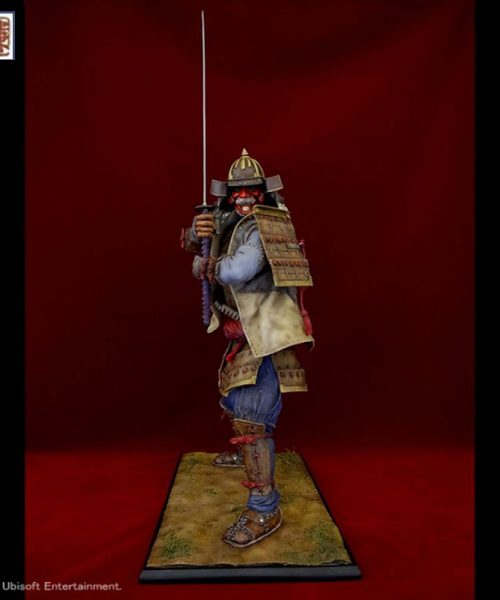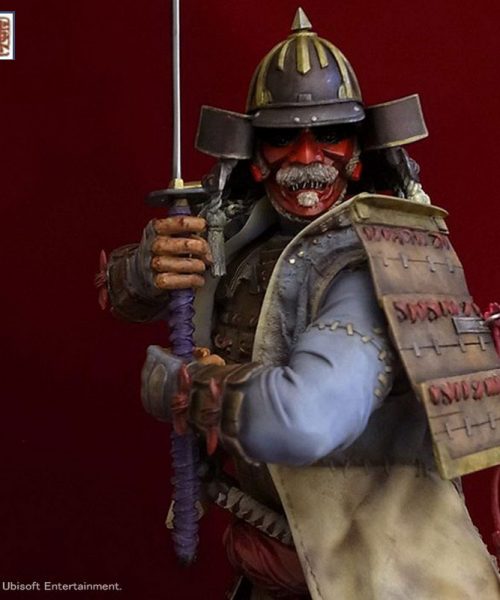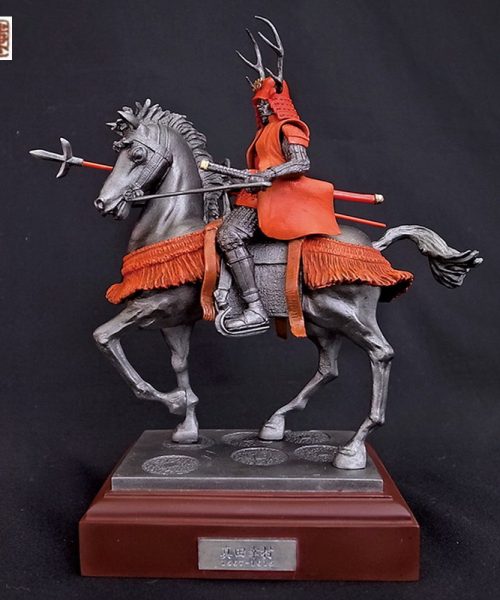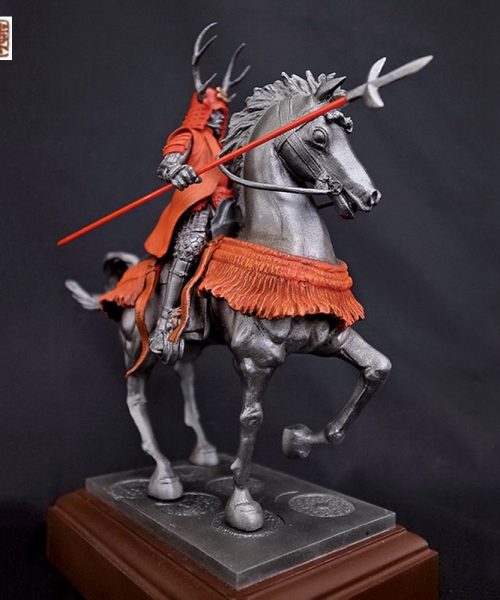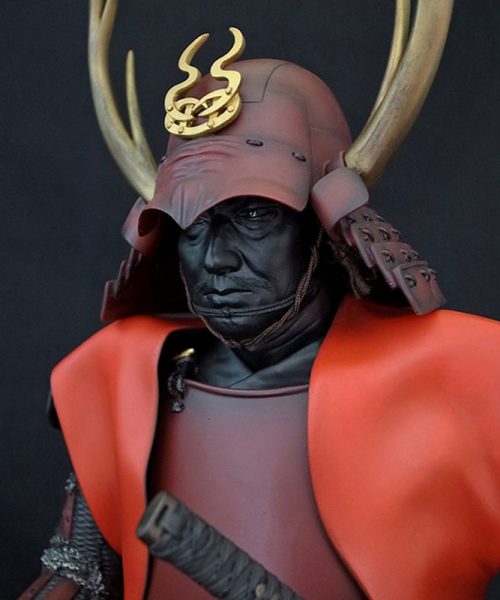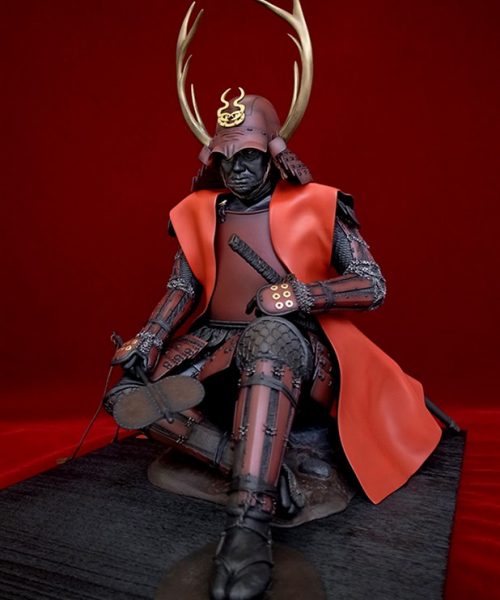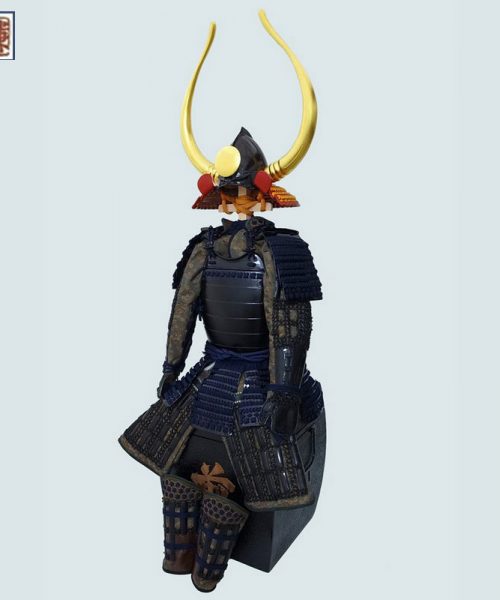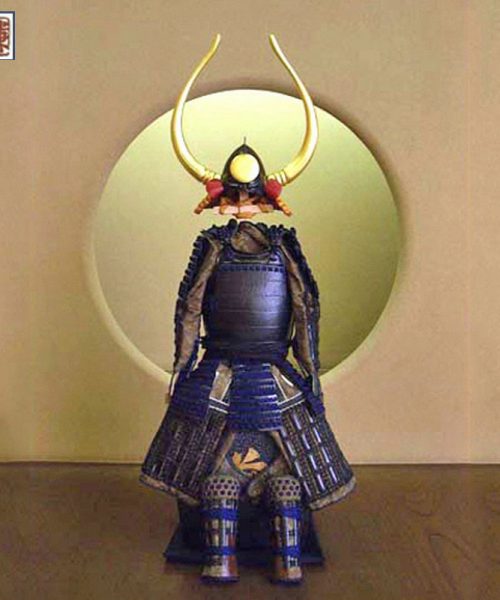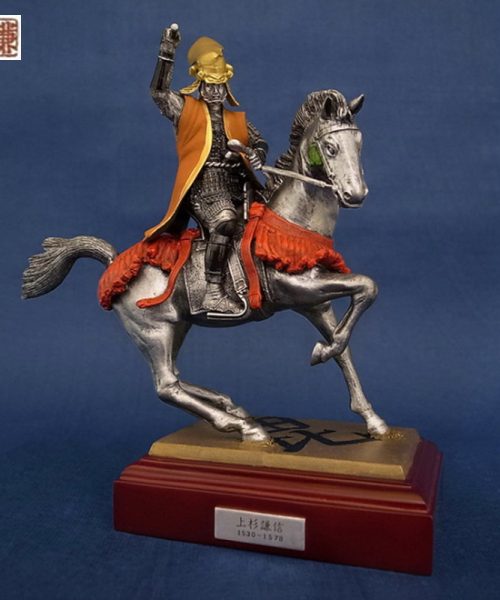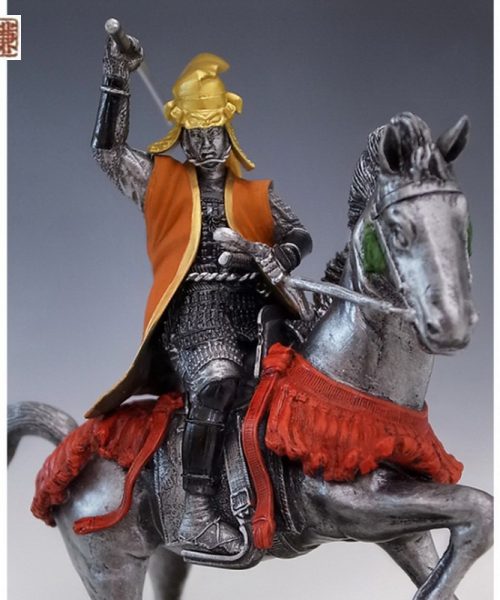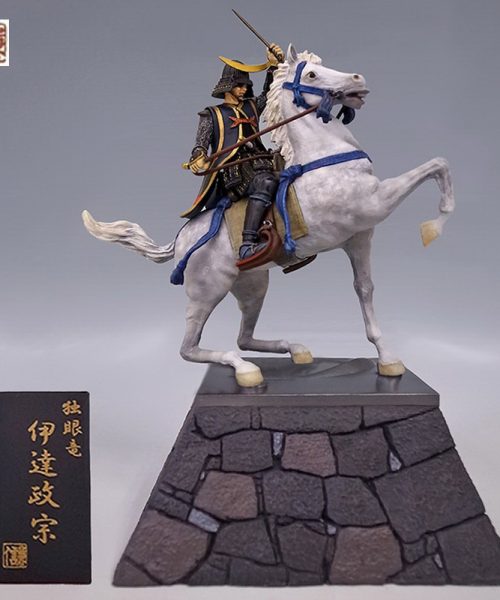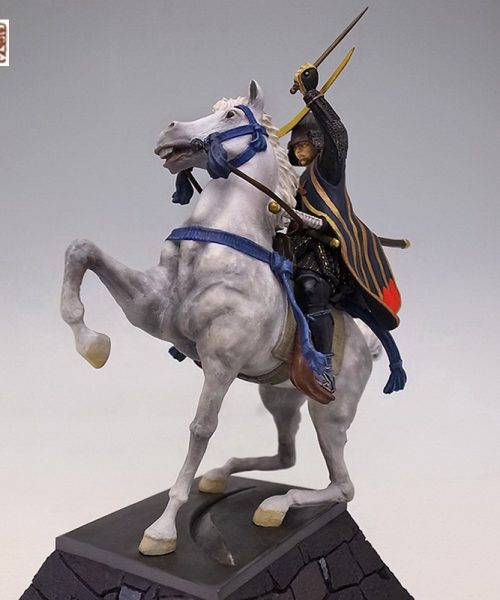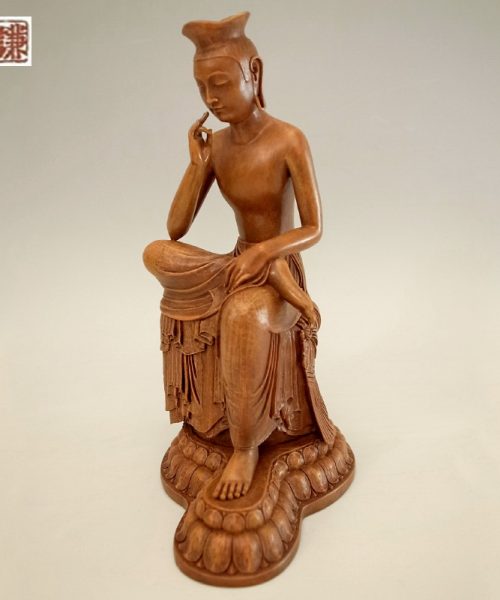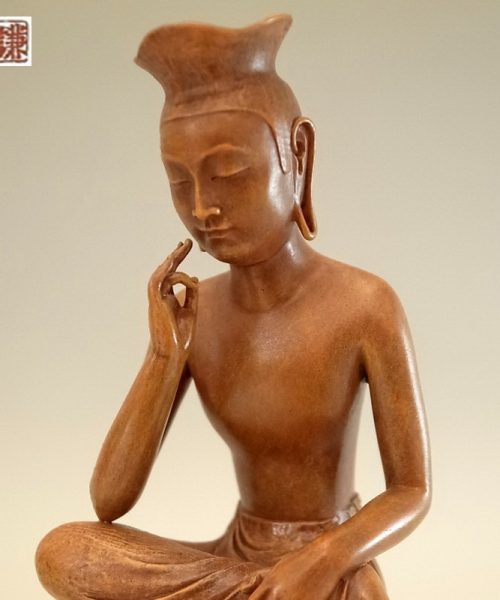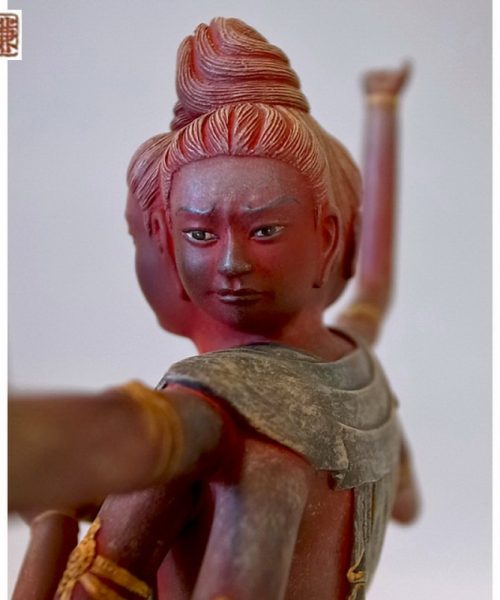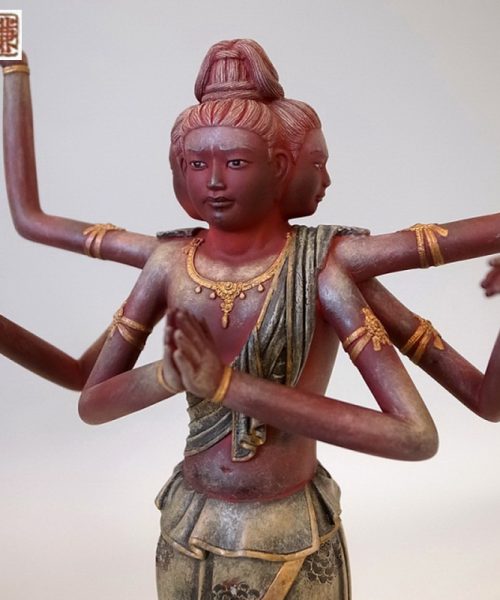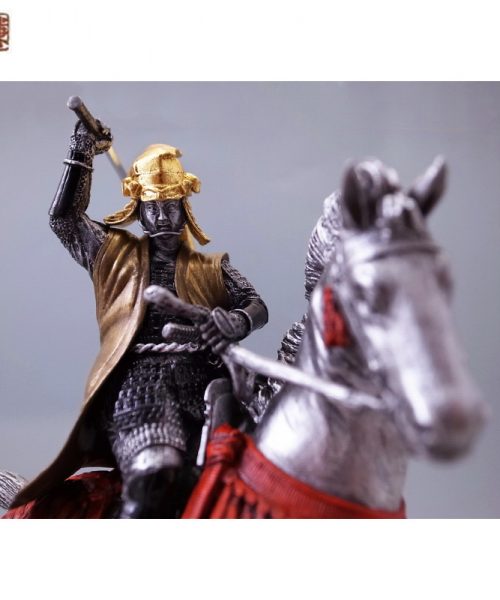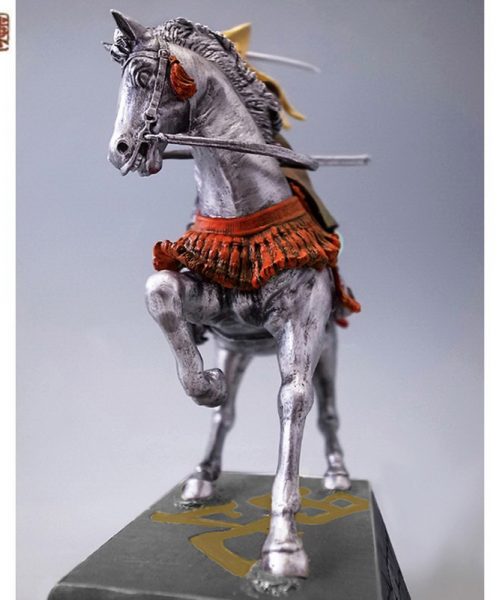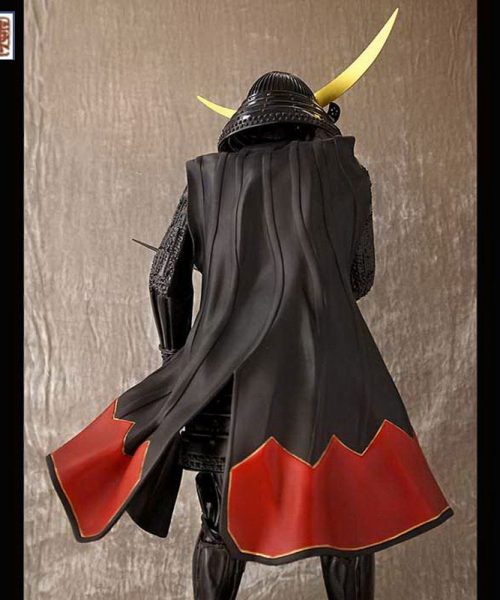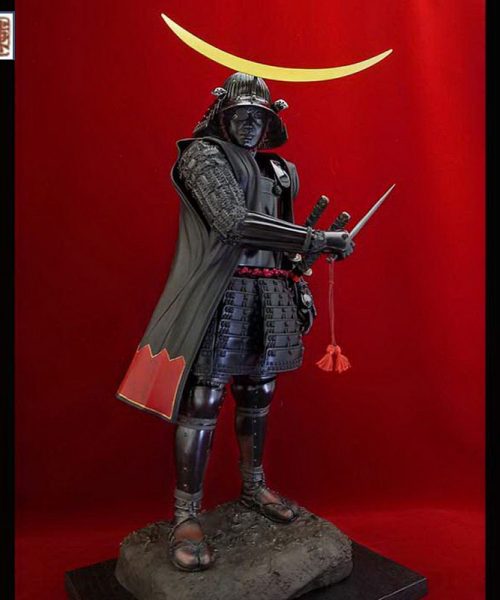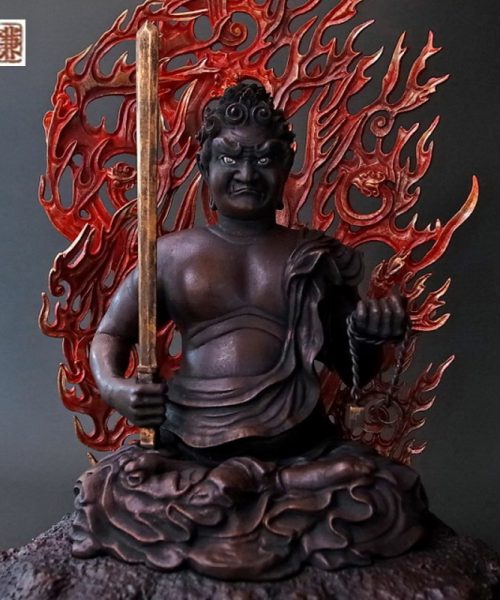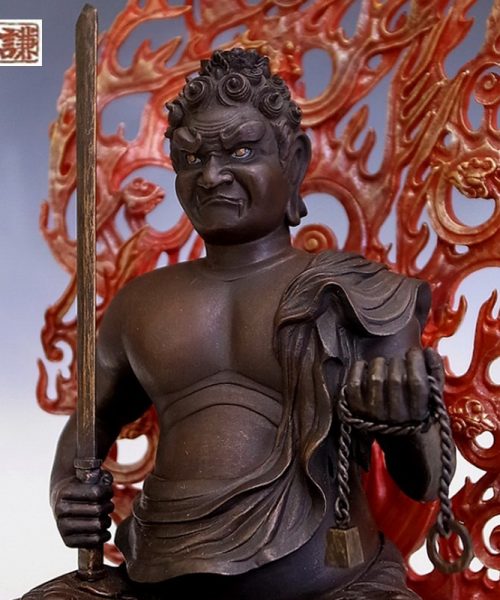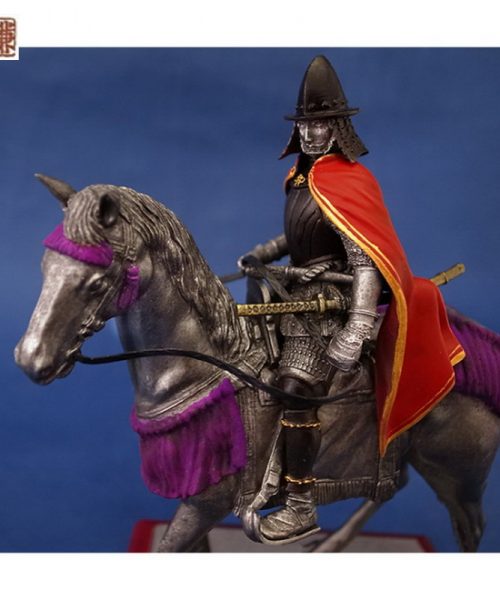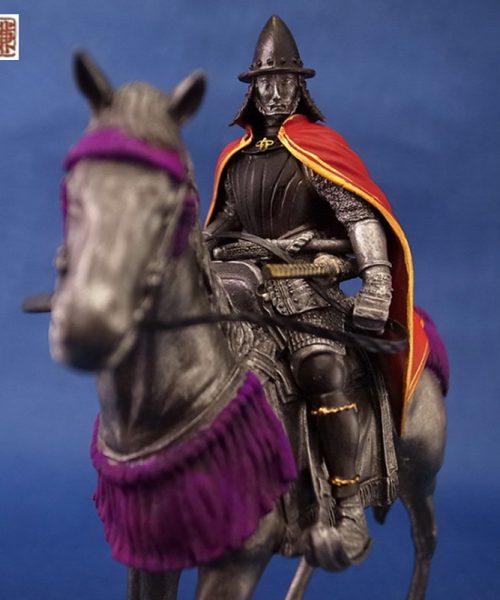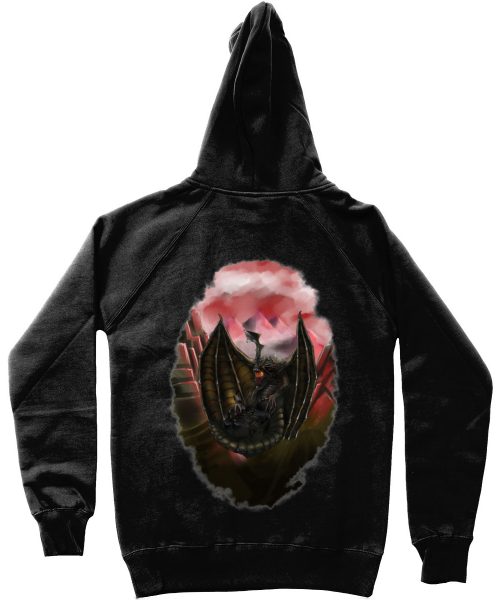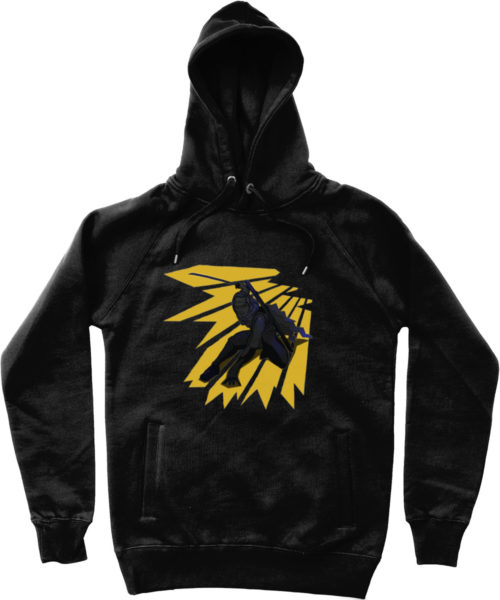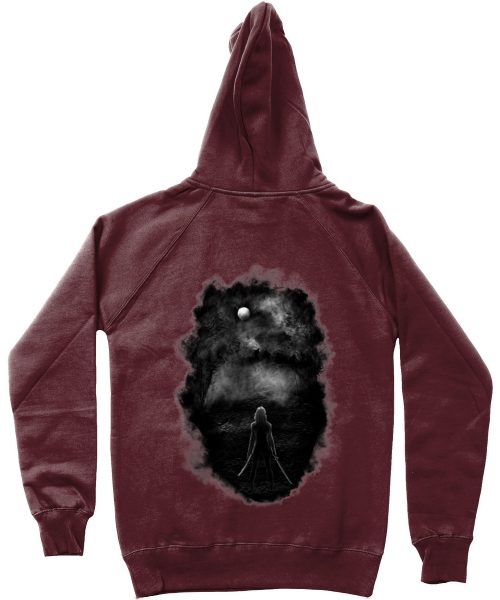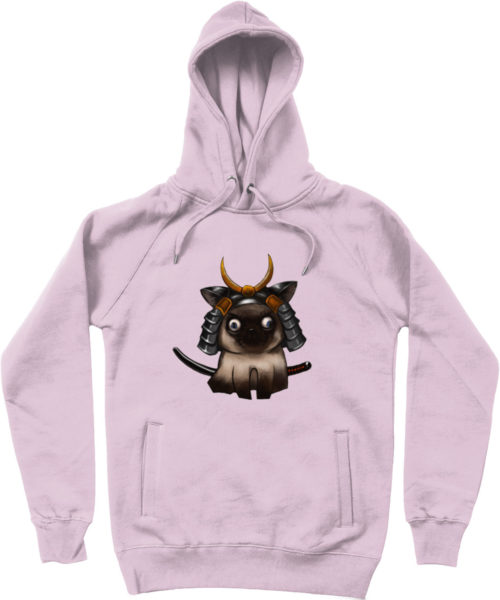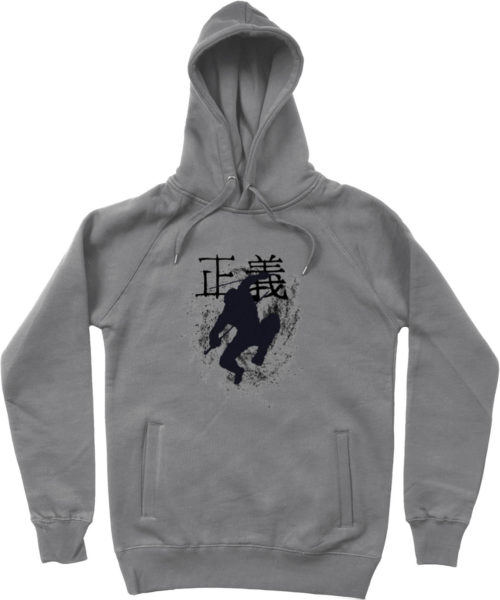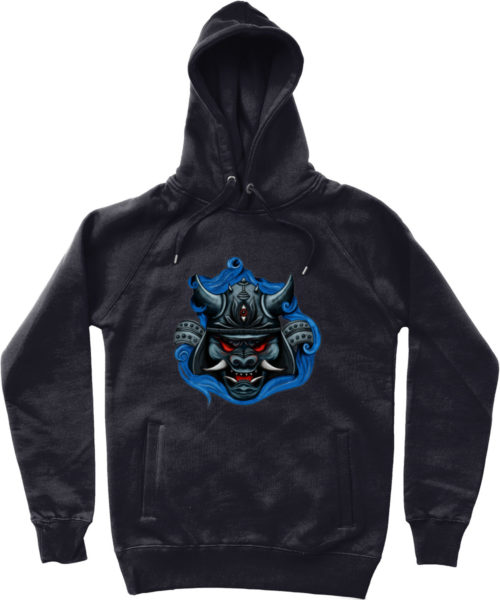No products in the cart.
Japan History, Samurai Myth and Legends
The Shichifukujin: The Seven Fortune Gods
The Seven Fortune Gods
The Japanese culture isn’t exempted to having its own myths. Myths are one of those classics that excite many, bringing them eagerness to know what’ll happen next. In their folklore Shichifukujin, one famous story is about the “Seven Lucky Gods” or the “Seven Gods of Happiness”. According to legend, these seven fortune gods provide good fortune and luck.
The Shichifukujin
Shichifukujin is an important part of Japanese culture since the 15th Century. It came from various parts of Asia, but mainly from China, India, and of course, Japan.
Shichifukujin also came from different religions such as Brahmanism, Taoism, Shintoism, and Buddhism. Merchants, artisans, and farmers popularized these stories.
In addition, ‘Shichi’ means Seven, Fuku means luck, and Jin means beings. It is a popular group of deities going back to the Edo period.
Their pictures and sculptures are seen all over Japan, sometimes as a group or individually.
Seven: The Lucky Number
All countries view the number seven as the lucky number. Similarly, to Japanese traditions, there are seven official virtues in a Samurai’s philosophy called Bushido.
Another is the Japanese Star Festival named Tanabata which is celebrated on the seventh day of the seventh month.
Moreover, a baby’s birth is even celebrated on the seventh day, and death is mourned for seven days and again after seven weeks. These are just a few examples of the usage of the number seven in the country.
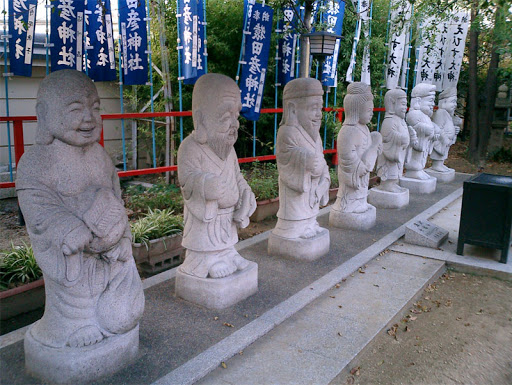
Photo Credits: Wikimedia Commons
So what’s the legend?
According to legend, the seven deities arrive every 31st of December on their treasure ship. They give gifts of luck and happiness to the believers.
As per tradition, children would place a photo of the seven fortune gods under their pillow before going to bed. This is believed to ensure a prosperous and a happy New Year.
In addition, groups of families visit the temples of Shichifukujin during the first seven days of the year. Many temples are just for one god, and so they make a tour to visit all the seven shrines, an effort to ensure all luck.
More than a hundred temples are found in the entirety of Japan. Here are the seven fortune gods of Shichifukujin:
The Seven Fortune Gods
Number 1: Ebisu
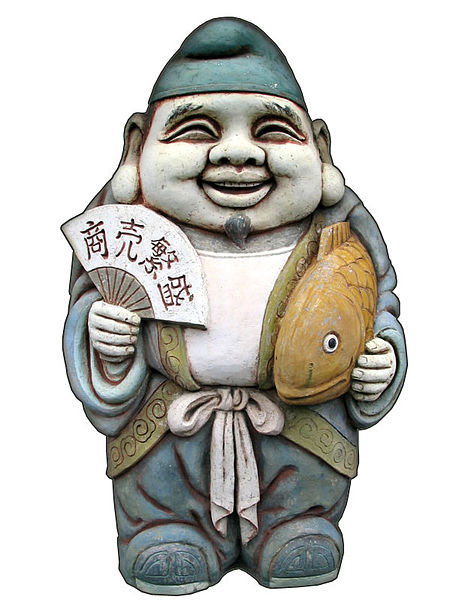
Photo Credit: Wikimedia Commons
The god Ebisu is a Shinto god, the patron of work, and is believed to be of Japanese origin. A god meant specifically for fishermen and tradesmen, he is usually depicted to be wearing a Japanese costume and headdress.
The Five Most Celebrated and Influential Foreign Samurai in Japan’s history
Being a Female Samurai in the Medieval Era
The Seven Classes of Japanese Warriors in Feudal Japan
Awesome Japanese Traditional Architecture
Also, Ebisu is described as a portly figure with two large swollen earlobes. Most of the time, Ebisu has a fishing rod in his right hand and a large freshly caught Tai (a fish), which itself is a symbol of good luck. Ebisu is seen to be always smiling.
His shrine Kyoto Ebisu Shrine is one of the three most popular shrines dedicated to the god in Japan.
Number 2: Daikoku
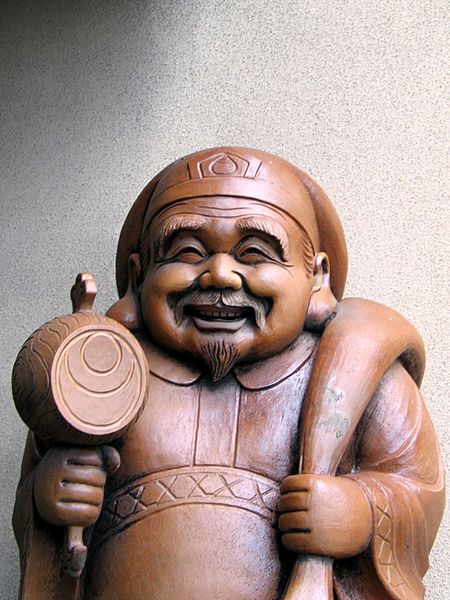
Photo Credit: Wikimedia Commons
Next on the list is Daikoku, also of Japanese origin. As the god of prosperity and wealth, Daikoku is the patron of farmers and the leader of the Shichifukujin.
He holds a hammer of riches in his right hand, which is said to grant wishes. He also has a bag of treasures over his shoulders.
Daikoku is dark-skinned and is usually on top of two sacks of rice. Just like Ebisu, he has a full figure and large earlobes. He is mostly associated with the Buddhist god Mahakala and the Hindu god Shiva.
Number 3: Benten or Benzaiten
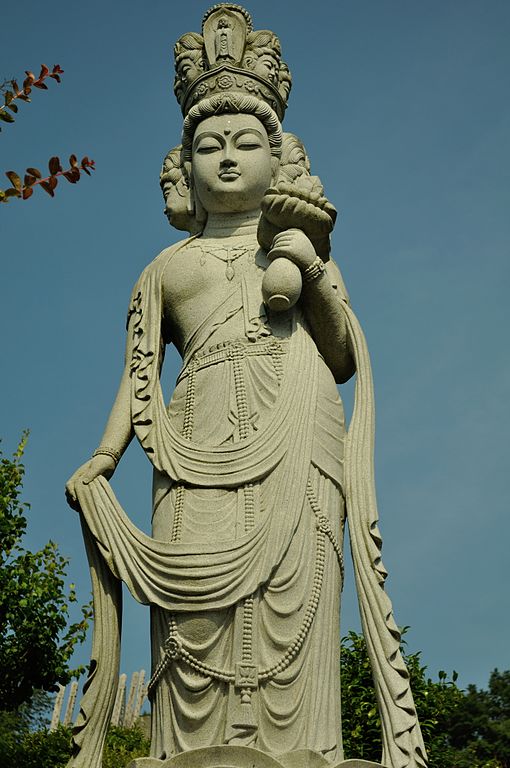
Photo Credit: Wikimedia Commons
The next one is Benten or Benzaiten of Hindu origin. She is the only female in the group.
Benten is the goddess of reasoning and love, often portrayed to be playing the Biwa, which is a type of guitar, and riding a dragon whom she married. She has a special messenger which is a white snake, usually associated with the sea. Her shrines are even located near seas.
For Buddhists, she is the patron of music, literature and wealth. She is basically the embodiment of femininity.
Number 4: Bishamon or Bishamonten or Tamon
The next is the deity of war and happiness, Bishamon. He is the defender of the righteous and patron of warriors.
Often illustrated in full Chinese armor with a lance in his left hand, the god is often associated with the Buddhist and Hindu deity Vaisravana or Kubera.
Number 5: Fukurokuju

Photo Credit: Wikimedia Commons
Fifth on the list is Fukurokuju of Chinese origins. His Japanese name means happiness (Fuku), wealth (Roku), and longevity (Ju). He is known as the god of longevity and wisdom.
According to the legend, he was once a mortal who lived as a Taoist sage, with the power to resurrect the dead. Fukurokuju has a very high forehead and is short in height. Sometimes, he is accompanied by a crane or a stork.
Top 6: Jurojin
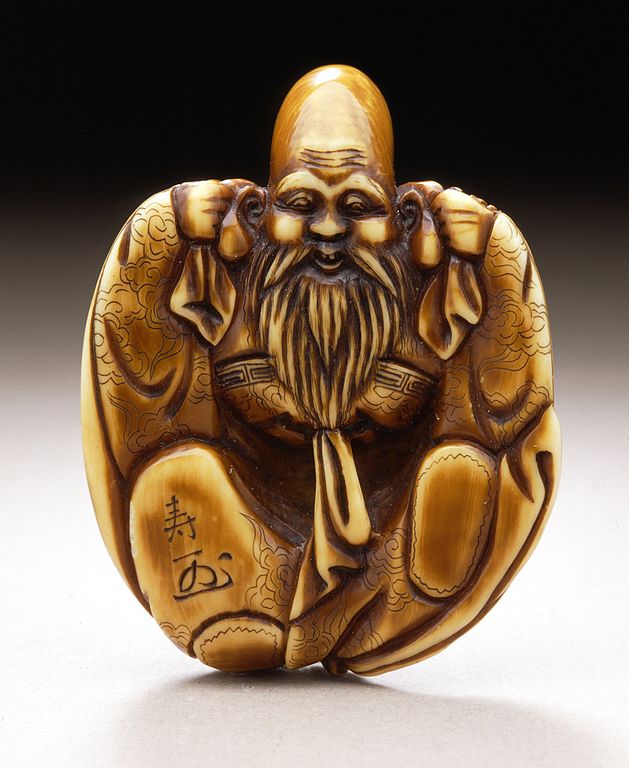
Photo Credit: Wikimedia Commons
The second to the last of this list is also of Chinese origins and also the god of longevity and wisdom. Jurojin carries a long stick where a scroll is attached.
It is said that the scroll contains all the wisdom in the word. Just like Fukurokuju, he once lived as a Taoist sage. Jurojin is an old man with a white beard and wears a scholar’s headdress.
Top 7: Hotei or Hotei-osho
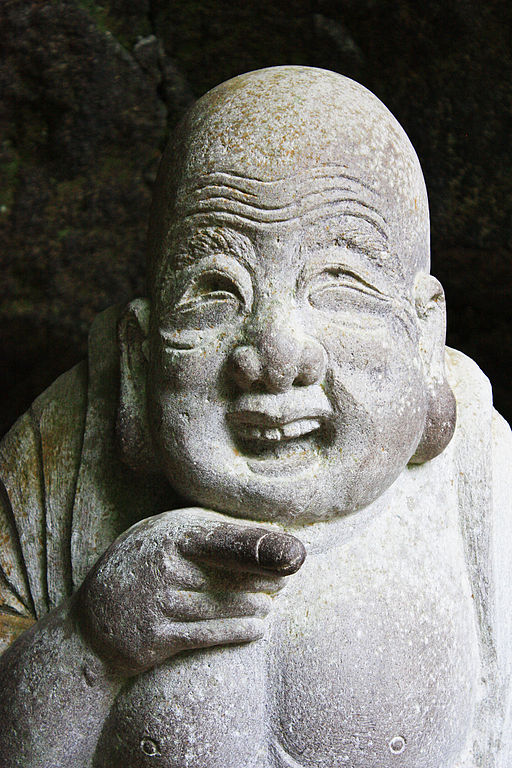
Photo Credit: Wikimedia Commons
Last on the list is Hotei, also of Chinese origins. He represents philanthropy and thrift. He is a bald and fat, with an exposed belly and very large swollen earlobes.
Hotei is always surrounded by children and is consistently chuckling. According to legend, he is considered the happiest looking out of the seven fortune gods.
He definitely lives up to his nickname, ‘the Laughing Buddha’.
The Seven Fortune Gods and the Treasure Ship
Samurai Hoodies
The gods go way back even before Japan acknowledged their existence. The first representation of the seven fortune gods was made during the 16th Century CE, in a painting made by a member of the Kano family, who was commissioned by Tokugawa Ieyasu.
The Shichifukujin is also portrayed to be riding their treasure ship or Takara-bune and not just individually presented.
Some Japanese focus on creating miniature sculptures of the gods, which are often made of ivory and precious hardwoods.
The Shichifukujin are also famous in Japanese theatre, art, and folk songs, where they’re illustrated to have objects with magical properties.
Even today, Japan doesn’t stop posting photos and posters of the seven fortune gods, still believing that it will bring them and their businesses good luck.


